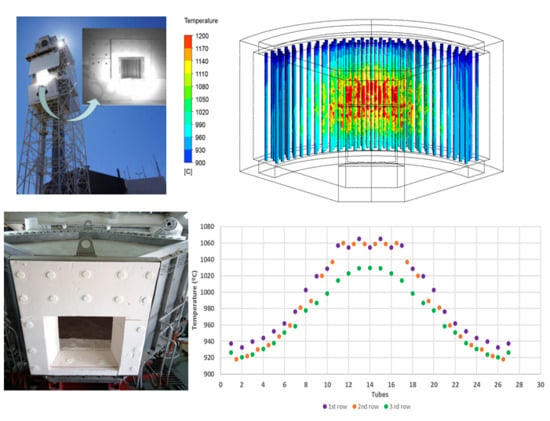Multi-Tubular Reactor for Hydrogen Production: CFD Thermal Design and Experimental Testing †
Abstract
Share and Cite
Tapia, E.; González-Pardo, A.; Iranzo, A.; Romero, M.; González-Aguilar, J.; Vidal, A.; Martín-Betancourt, M.; Rosa, F. Multi-Tubular Reactor for Hydrogen Production: CFD Thermal Design and Experimental Testing. Processes 2019, 7, 31. https://doi.org/10.3390/pr7010031
Tapia E, González-Pardo A, Iranzo A, Romero M, González-Aguilar J, Vidal A, Martín-Betancourt M, Rosa F. Multi-Tubular Reactor for Hydrogen Production: CFD Thermal Design and Experimental Testing. Processes. 2019; 7(1):31. https://doi.org/10.3390/pr7010031
Chicago/Turabian StyleTapia, Elvira, Aurelio González-Pardo, Alfredo Iranzo, Manuel Romero, José González-Aguilar, Alfonso Vidal, Mariana Martín-Betancourt, and Felipe Rosa. 2019. "Multi-Tubular Reactor for Hydrogen Production: CFD Thermal Design and Experimental Testing" Processes 7, no. 1: 31. https://doi.org/10.3390/pr7010031
APA StyleTapia, E., González-Pardo, A., Iranzo, A., Romero, M., González-Aguilar, J., Vidal, A., Martín-Betancourt, M., & Rosa, F. (2019). Multi-Tubular Reactor for Hydrogen Production: CFD Thermal Design and Experimental Testing. Processes, 7(1), 31. https://doi.org/10.3390/pr7010031






